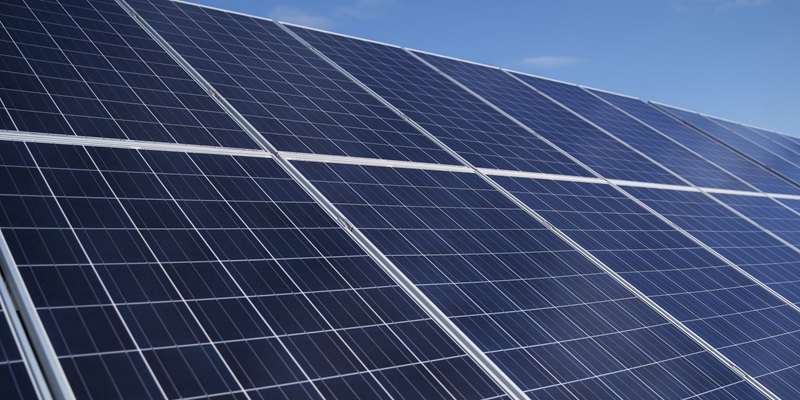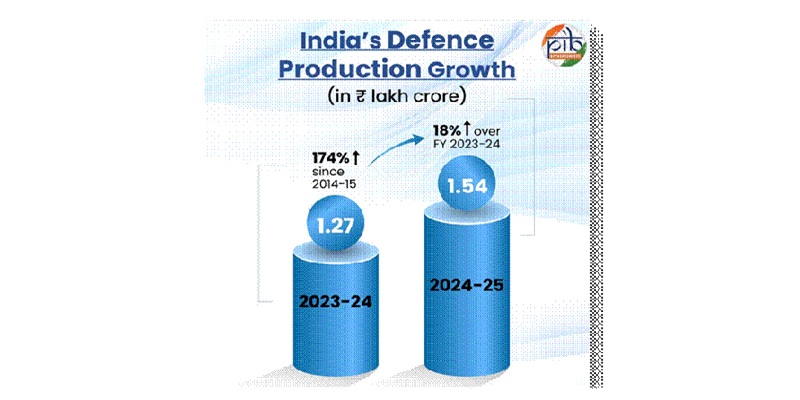Schedule a Call Back
Harnessing the sun: How solar panels revolutionise energy in India
 Articles
Articles- Sep 19,24

Related Stories

GREW Solar Wins Global Honour as Solar Energy Manufacturer of the Year 2025
GREW Solar won the 2025 Solar Energy Manufacturer of the Year at the Go Global Awards in London, highlighting its innovation, global growth, and commitment to clean energy.
Read more
India’s Solar Waste May Reach 11 Million Tonnes by 2047
The country’s installed solar capacity has already crossed 85 GW, and with the target of 500 GW of renewable energy by 2030, waste volumes are expected to rise sharply in the coming decades.
Read more
Saatvik Green Energy Doubles H1 FY26 Revenue & Profit, Expands Solar Capacity
The Company reported a striking step-up in scale and profitability, backed by expanding capacity, a richer product mix, and disciplined execution across its manufacturing footprint.?
Read moreRelated Products

Integrated Electric Gripper S Series
IBK Engineers Pvt Ltd offers a wide range of integrated electric gripper S series.

Geared Electric Motors
Delco Fans Pvt Ltd offers single phase capacitor run and three
phase geared Instrument motors, totally enclosed face/foot mounted.

“Kusam-Keco” Partial Discharge Acoustic Imager - Model - Km-pdai
‘Kusam-Meco’ has introduced a new “Partial Discharge Acoustic Imager Model KM-PDAI.















